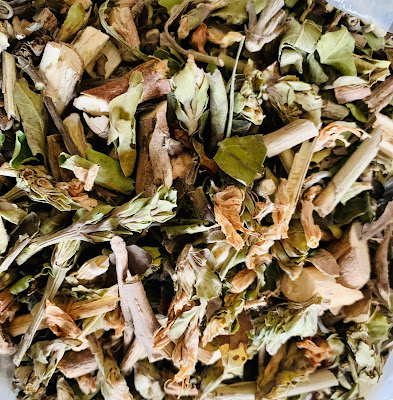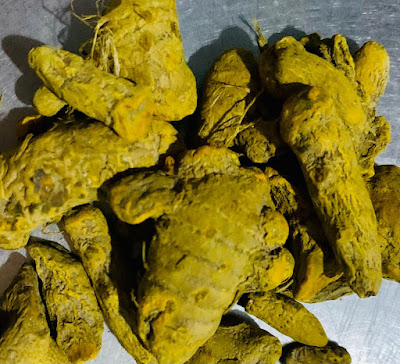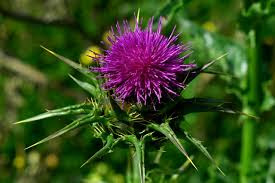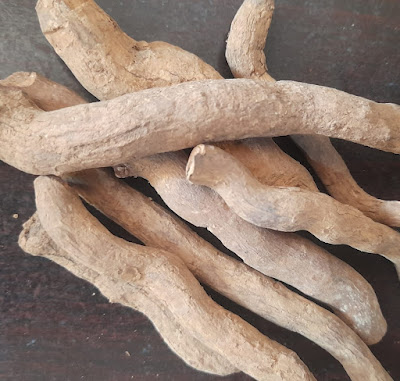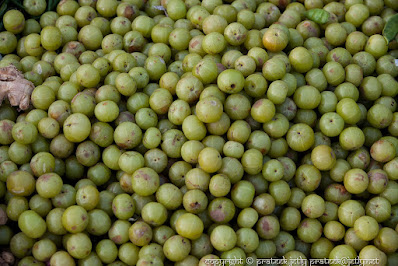Adhatoda Vasica (Malabar Nut)-Justicia Adhatoda-Berg e Aroosa-Berg e Bansa-Vasaka , Benefits, Medicinal Uses, Side Effects, Chemical Constituents, Common name, Botanical name
Adhatoda Vasica-Justicia Adhatoda: An Overview Introduction Adhatoda vasica, commonly known as Malabar nut or Vasaka, is a medicinal plant native to South Asia, particularly India, Nepal, Sri Lanka, and Myanmar. It belongs to the Acantharean family and has been extensively used in traditional Ayurvedic and Unani medicine for centuries. Adhatoda vasica is a perennial shrub […]

